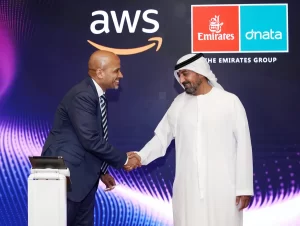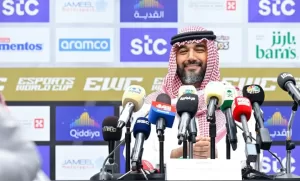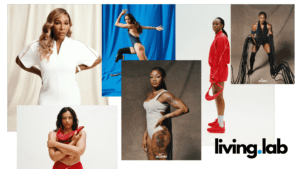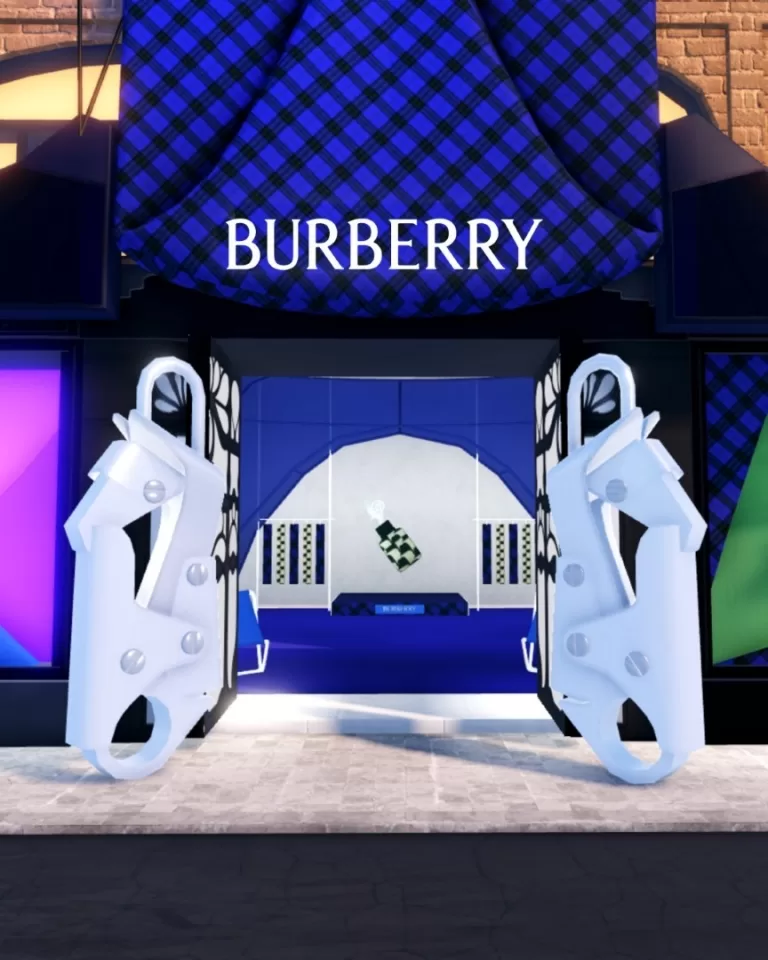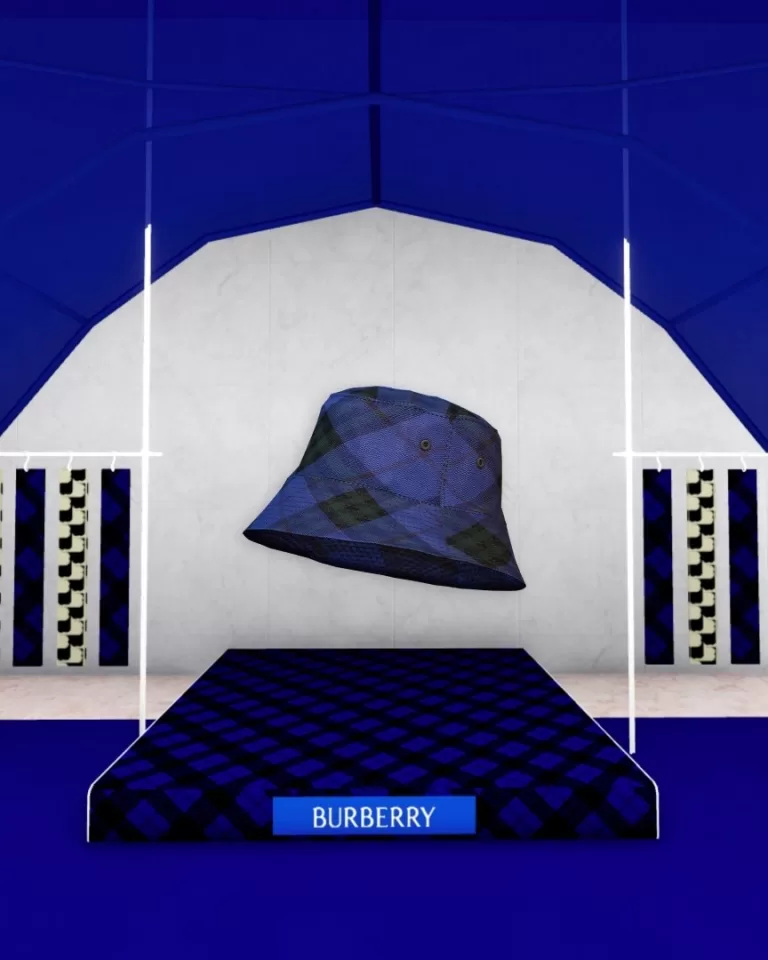Esports and Luxury: Gen.G find their fashion tribe
Esports and Luxury: How Gen.G is Defining Its Fashion Identity
Esports and luxury - How one underrepresented demographic is now leading the luxury charge

Bottom Line. up front
By 2030, Millennials are projected to account for 50% of luxury purchases, with esports becoming a key way to engage this demographic. With over 3 billion global esports participants, luxury brands are moving from one-time activations to longer-lasting, integrated experiences. Fashion brands are increasingly using gaming platforms to reach younger audiences, with 700 brands and 1,200 activations expected by Q2 2024, according to GEEIQ. As ROI metrics evolve, companies are focusing on user engagement, conversion rates, and direct e-commerce. Gaming environments provide advantages over traditional social media, including better social interactions, improved mental health, and opportunities for product testing.
Esports and luxury
The Rise of Esports and Luxury
At Milan Fashion Week, a new type of VIP was seated among the A-list celebrities: a gaming streamer. Valkyrae, YouTube’s most-watched female gaming creator, took her place at Gucci’s Fall/Winter 2024 show, marking yet another milestone in the growing relationship between Esports and Luxury.
Luxury brands aren’t treating gaming as a gimmick anymore. Esports and luxury are here to stay. There have been 347 new brand activations in the H1 2024 alone, with 45% in Roblox and 33% on Fortnite. They are embedding themselves into the ecosystem, tapping a new generation of high-spending digital consumers. The latest moves signal that gaming influencers are becoming as powerful as Hollywood actors and elite athletes.
Why Luxury Brands Are Entering Esports and Gaming Livestreaming

BrandsOver 3 billion people now play games globally, with industry giants like Roblox drawing in around 65.5 million daily active users. But big numbers are no use unless they buy your stuff!! As Gen Z and Millennials drive the luxury market’s growth—with Millennials projected to account for 50-55% of luxury purchases by 2030—luxury brands can no longer afford to overlook gaming.
Initially, luxury brands dabbled in gaming with exclusive, time-limited digital drops—like Louis Vuitton’s partnership with League of Legends and after seeing Burberry’s in-game skins in Honor of Kings I understand why my 17-year-old Esports fanatic son is suddenly wearing a lot of their legendary check.
High-Profile Esports and Luxury Crossovers

But where does Esports and luxury go as the gaming economy matures? Brands are seeking more sustained engagement through strategic investments, brand-integrated experiences, and direct partnerships with gaming influencers and esports teams.
- Hugo Blue World, a shop and immersive space, connects directly to Hugo Fashion Match. This social fashion game allows players to express their creativity by giving each other’s avatars’ makeovers. Merging retail shopping and dressing up with gamification.
- Gucci x Fnatic – A 100-piece esports watch collection that sold out in under 48 hours.
- Burberry x Minecraft – A luxury fashion collaboration inside one of the world’s biggest games. The bespoke adventure within Minecraft, offering players an interactive fashion-forward world rather than just cosmetic items.
- Louis Vuitton x League of Legends – not only designed in-game skins for League of Legends but also created a physical trophy case for the LoL World Championship, bridging digital and physical luxury.
- Ralph Lauren x Fortnite – A crossover blending real-world fashion with virtual exclusives, allowing players to engage with the brand in both realms.
Beyond Skins. Creating Integrated Esports and Luxury Experiences

Luxury brands are no longer limiting their presence in gaming to digital skins and collectibles; they are actively shaping immersive gaming experiences.
One of the most significant shifts has been luxury houses creating their own gaming divisions or establishing esports academies. Gucci’s Gaming Academy, which provides mentorship and career development for emerging esports talent, while Balenciaga has embraced the metaverse, releasing collections within Fortnite and leveraging virtual spaces to expand its brand presence.
Dig deeper into Living Labs work
Lamborghini Aventador LP 780-4 Ultimae Coupé
Living.Lab joined forces with Automobili Lamborghini, Krista Kim, and Steve Aoki to create the last Lamborghini Aventador LP 780-4 Ultimae Coupé, paired with the world’s first one-of-one NFT. Sold for $1.6...
Saudi Esports Strategy
Gamechanger - Saudi Esports Strategy Laying the groundwork laid for a globally significant digital ecosystem By Living.Lab CEO Mark Alexander The last time I devoted serious time to gaming, I was...
Nike, Athlete power and the Olympics help make Jacquemus fashion’s top breakout brand
Jacquemus has built a brand story that’s nothing short of remarkable. In 2018, they posted €11.8 million in revenue. They are aiming for €500 million by 2025.
Case study - Luxury & Esports
Harrods x Burberry on Roblox
Burberry and Harrods extended their iconic Esports and luxury collaboration into the digital space with an immersive Roblox activation, achieving 1 million visits in just one month. The virtual experience mirrored the real-world Harrods x Burberry partnership, recreating Harrods in a digital format and surrounding it with four interactive outdoor parks where players could unlock exclusive avatar items, including scarves, hot water bottles, and horse-shaped carabiners.
By embracing virtual activations, the collaboration transcended geographical barriers, allowing a global audience to engage with these heritage brands in an interactive and accessible way. This approach reflects the increasing importance of gaming platforms as brand storytelling spaces, where luxury retailers can build deeper connections with digital-native consumers. Simone Esposito living Lab co founder and former Head Of Strategic Partnership And Business Development at Harrods said
“Brands that integrate into virtual worlds successfully are those that see beyond just marketing—this is about extending their legacy into new cultural spaces. The Burberry x Harrods experience on Roblox is a prime example of a heritage brand embracing the future of consumer engagement.”
Simone Esposito, Co Founder of Living Lab ( Ex Head Of Strategic Partnership And Business Development at Harrods)
The experience also showcased how virtual landscapes enrich brand storytelling, offering interactive narratives that go beyond traditional media.
Through this activation, Burberry demonstrated how luxury brands can use metaverse experiences to reach a new generation of consumers, blending exclusivity with accessibility in the digital age.
How Luxury Brands Measure ROI in Esports
How do luxury brands gauge the success of gaming partnerships? For luxury brands venturing into gaming, success extends beyond traditional marketing metrics. In this space, engagement is measured by meaningful interactions rather than passive impressions. Metrics such as session duration, repeat engagement, and in-game conversion rates provide a clearer picture of brand impact than mere views or likes.
Time spent in branded virtual spaces—whether a Gucci-designed metaverse lounge or a Burberry Roblox experience—indicates how deeply consumers connect with the activation. Equally critical is conversion tracking, from virtual goods sales to CRM sign-ups, ensuring activations translate into long-term brand relationships. As gaming ecosystems evolve, brands must adopt a data-led approach that aligns success with sustained audience immersion and tangible commercial outcomes.
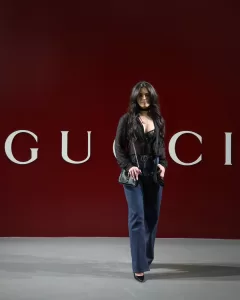
Esports and Luxury -Summary
Luxury in esports is about integration, not just aesthetics. Brands must create sustainable, functional digital assets that resonate long-term.
Digital ownership should have clear guarantees. Consumers expect permanent access to their esports-related purchases. Community engagement is non-negotiable. Unlike traditional luxury markets where brands dictate prestige, esports consumers shape brand value through engagement and digital interaction. Commitment is key. Esports and digital fashion require constant updates, new incentives, and ongoing engagement to stay relevant.
The intersection of luxury and gaming is no longer experimental—it is the future. As Gen Z and Millennials redefine how status is expressed in digital spaces, luxury brands must go beyond mere marketing activations and fully integrate into the gaming ecosystem. Whether through exclusive in-game fashion, metaverse-driven retail experiences, or long-term partnerships with gaming influencers, the brands that understand and respect gaming culture will thrive. In this new landscape, prestige is not just about what you wear—it is about how you play.
.
Locations
- London
- Dubai
- Milan
- Email us






